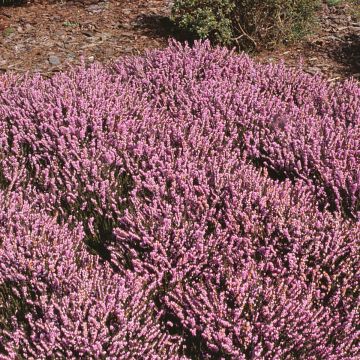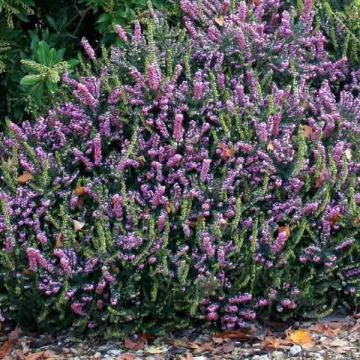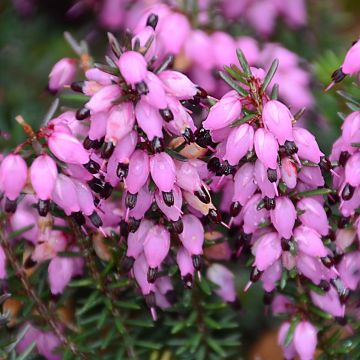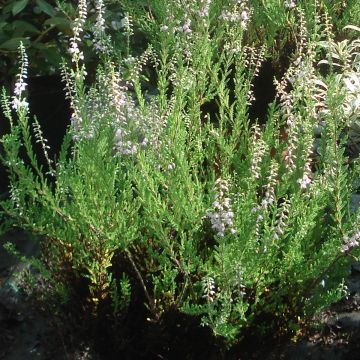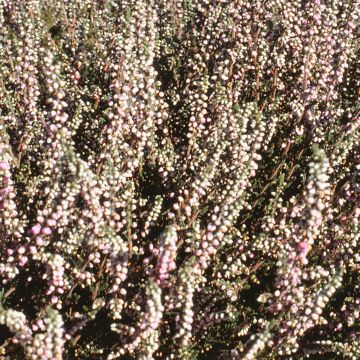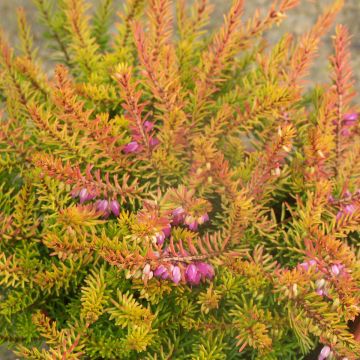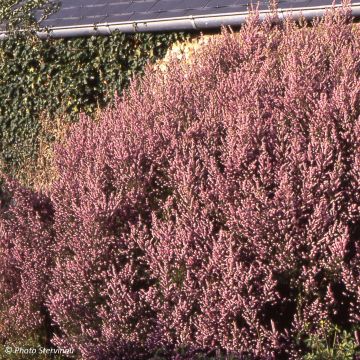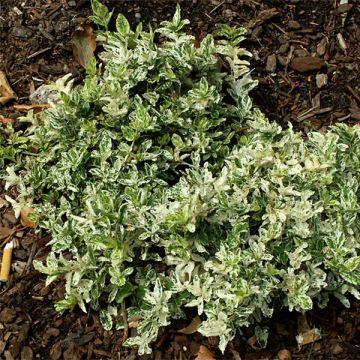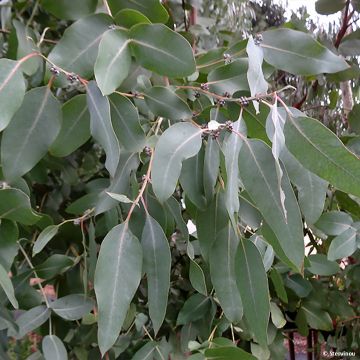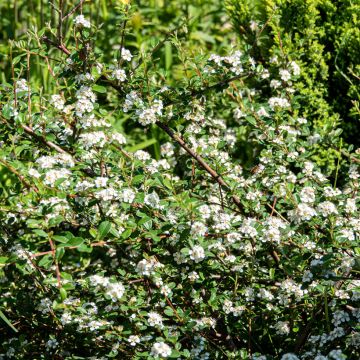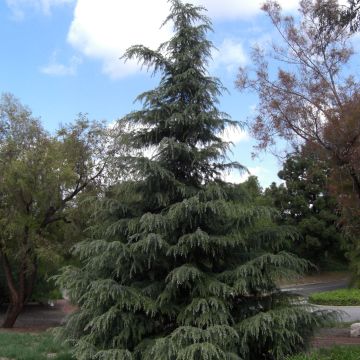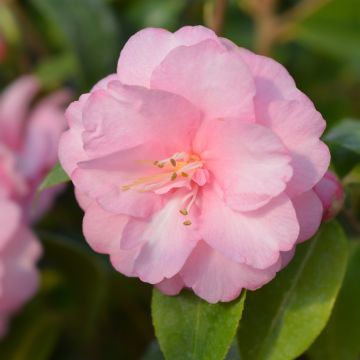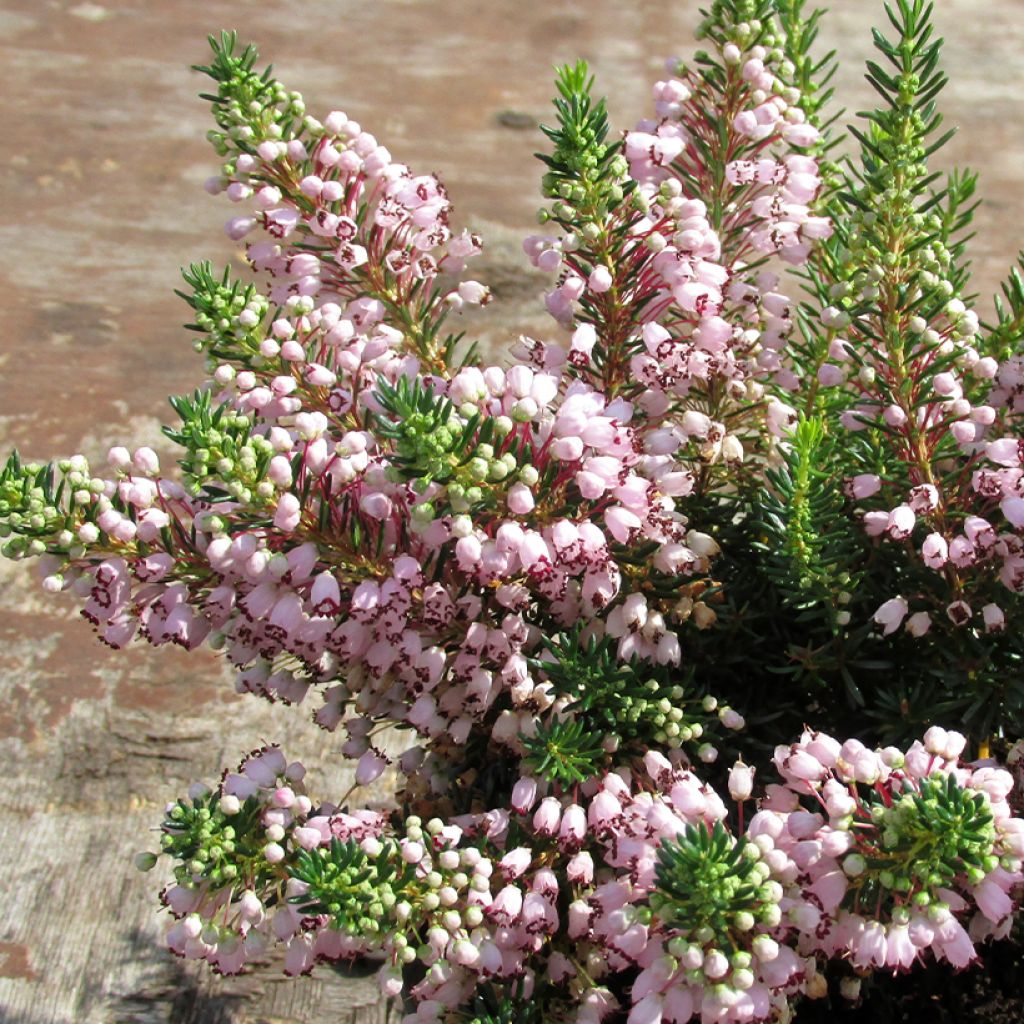

Erica vagans Holden Pink
Erica vagans Holden Pink
Erica vagans Holden Pink
Cornish Heather
Special offer!
Receive a €20 voucher for any order over €90 (excluding delivery costs, credit notes, and plastic-free options)!
1- Add your favorite plants to your cart.
2- Once you have reached €90, confirm your order (you can even choose the delivery date!).
3- As soon as your order is shipped, you will receive an email containing your voucher code, valid for 3 months (90 days).
Your voucher is unique and can only be used once, for any order with a minimum value of €20, excluding delivery costs.
Can be combined with other current offers, non-divisible and non-refundable.
Home or relay delivery (depending on size and destination)
Schedule delivery date,
and select date in basket
This plant carries a 24 months recovery warranty
More information
We guarantee the quality of our plants for a full growing cycle, and will replace at our expense any plant that fails to recover under normal climatic and planting conditions.
Would this plant suit my garden?
Set up your Plantfit profile →
Description
The Erica vagans 'Holden Pink' is a delightful variety of wandering heather, particularly floriferous, with a delicate seashell pink colour during its flowering period. Gardeners and bees can enjoy it from August to October. It is a low, wide, dense undershrub with light green needle-like foliage that remains decorative throughout the year. Invite this heather into a large border, rockery, or pot. It thrives in full sun or partial shade in most well-drained soils, even slightly chalky ones.
Erica vagans 'Holden Pink' is a variety introduced to the horticultural market by Holden Clough Nursery in Lancashire, England. Like all heathers this variety belongs to the Ericaceae family. The botanical species Erica vagans, also known as Cornish heather or Wandering heather, is found in Western Europe, from Portugal to England. It is a moorland and light undergrowth plant, growing mainly on acidic, well-drained, rather sandy and poor soils. Some ecotypes, however, thrive on alkaline marl soils rich in magnesium. This hardy species grows at altitudes of up to 1600 m.
The 'Holden Pink' heather is a compact and dense bush that grows to about 30 cm in height and 55 cm in spread. Its branches are slightly prostrate at the base, upright at the ends, and covered with tiny linear leaves. This heather blooms from August to October, with its small bell-shaped flowers measuring 3 mm in length, whorled and grouped in compact, elongated clusters. The flowers are pink porcelain with dark red stamens protruding from the corolla. The foliage, evergreen in winter, changes from light green to slightly olive green in autumn and winter, adding to its visual appeal about 30 cm in height and 55 cm in spread. Its branches are slightly prostrate at the base, well upright at the ends, and covered with tiny linear leaves (8 to 10 mm) that are non-prickly needles. This heather blooms from August to October. Its small bell-shaped flowers, measuring 3 mm long, are whorled and grouped in compact, elongated clusters, often terminated by leaves. They are highly visited by bees. Their colour is porcelain pink. The stamens protruding from the corolla are dark red. The foliage, evergreen in winter, changes from light green to slightly olive green in autumn and winter.
The 'Holden Pink' wandering heather can be planted in a pocket of compost, between rocks in a rockery, or along the edge of a raised bed or pathway, always in light soil, preferably non-chalky. It thrives in the sun, alongside other heathers with concurrent or staggered flowering periods: Erica carnea 'Isabell', E. darleyensis 'Kramer's Rot', Calluna vulgaris 'Winter Chocolate', for example. To add a touch of whimsy to the scene, they can be paired with some low-growing grasses that will lighten their mass. Heathers also form beautiful carpets at the base of larger heathland shrubs such as mountain laurels, brooms, Chinese azaleas, etc.
While heathers, especially those of the genus Erica, are associated with the humid Atlantic heaths of the oceanic north-facing coast (Brittany, Ireland, Scotland), heathers are also adapted to dry climates and limestone soils in Mediterranean regions. However, one of the richest areas in heather species is located far away, in South Africa. In the Cape region, there is a plant formation on acidic soil, equivalent to our Mediterranean scrub vegetation, called Fynbos, which includes nearly 625 heather species out of the 740 recorded worldwide.
Report an error about the product description
Erica vagans Holden Pink in pictures


Plant habit
Flowering
Foliage
Botanical data
Erica
vagans
Holden Pink
Ericaceae
Cornish Heather
Cultivar or hybrid
Other Heather
View all →Planting and care
The 'Holden Pink' heather thrives in poor soils. It prefers a light, sandy and humus-bearing substrate, acidic, well-drained, and occasionally moist to dry. This variety tolerates some limestone. Plant in autumn or spring without burying the collar too much. A sunny exposure will enhance the colour of its foliage and promote abundant flowering. During the first two years, carefully weed around the base. In case of prolonged drought, mulch around the base to maintain some freshness. During the first season after planting, never let the plants dry out. Do not use manure or artificial fertilisers; light applications of natural fertilisers such as bone meal on very poor soils can be beneficial. Prune the clumps lightly, just after flowering, from a young age, allowing the plants to remain dense while producing fresh new foliage.
Planting period
Intended location
Care
This item has not been reviewed yet - be the first to leave a review about it.
Similar products
Haven't found what you were looking for?
Hardiness is the lowest winter temperature a plant can endure without suffering serious damage or even dying. However, hardiness is affected by location (a sheltered area, such as a patio), protection (winter cover) and soil type (hardiness is improved by well-drained soil).

Photo Sharing Terms & Conditions
In order to encourage gardeners to interact and share their experiences, Promesse de fleurs offers various media enabling content to be uploaded onto its Site - in particular via the ‘Photo sharing’ module.
The User agrees to refrain from:
- Posting any content that is illegal, prejudicial, insulting, racist, inciteful to hatred, revisionist, contrary to public decency, that infringes on privacy or on the privacy rights of third parties, in particular the publicity rights of persons and goods, intellectual property rights, or the right to privacy.
- Submitting content on behalf of a third party;
- Impersonate the identity of a third party and/or publish any personal information about a third party;
In general, the User undertakes to refrain from any unethical behaviour.
All Content (in particular text, comments, files, images, photos, videos, creative works, etc.), which may be subject to property or intellectual property rights, image or other private rights, shall remain the property of the User, subject to the limited rights granted by the terms of the licence granted by Promesse de fleurs as stated below. Users are at liberty to publish or not to publish such Content on the Site, notably via the ‘Photo Sharing’ facility, and accept that this Content shall be made public and freely accessible, notably on the Internet.
Users further acknowledge, undertake to have ,and guarantee that they hold all necessary rights and permissions to publish such material on the Site, in particular with regard to the legislation in force pertaining to any privacy, property, intellectual property, image, or contractual rights, or rights of any other nature. By publishing such Content on the Site, Users acknowledge accepting full liability as publishers of the Content within the meaning of the law, and grant Promesse de fleurs, free of charge, an inclusive, worldwide licence for the said Content for the entire duration of its publication, including all reproduction, representation, up/downloading, displaying, performing, transmission, and storage rights.
Users also grant permission for their name to be linked to the Content and accept that this link may not always be made available.
By engaging in posting material, Users consent to their Content becoming automatically accessible on the Internet, in particular on other sites and/or blogs and/or web pages of the Promesse de fleurs site, including in particular social pages and the Promesse de fleurs catalogue.
Users may secure the removal of entrusted content free of charge by issuing a simple request via our contact form.
The flowering period indicated on our website applies to countries and regions located in USDA zone 8 (France, the United Kingdom, Ireland, the Netherlands, etc.)
It will vary according to where you live:
- In zones 9 to 10 (Italy, Spain, Greece, etc.), flowering will occur about 2 to 4 weeks earlier.
- In zones 6 to 7 (Germany, Poland, Slovenia, and lower mountainous regions), flowering will be delayed by 2 to 3 weeks.
- In zone 5 (Central Europe, Scandinavia), blooming will be delayed by 3 to 5 weeks.
In temperate climates, pruning of spring-flowering shrubs (forsythia, spireas, etc.) should be done just after flowering.
Pruning of summer-flowering shrubs (Indian Lilac, Perovskia, etc.) can be done in winter or spring.
In cold regions as well as with frost-sensitive plants, avoid pruning too early when severe frosts may still occur.
The planting period indicated on our website applies to countries and regions located in USDA zone 8 (France, United Kingdom, Ireland, Netherlands).
It will vary according to where you live:
- In Mediterranean zones (Marseille, Madrid, Milan, etc.), autumn and winter are the best planting periods.
- In continental zones (Strasbourg, Munich, Vienna, etc.), delay planting by 2 to 3 weeks in spring and bring it forward by 2 to 4 weeks in autumn.
- In mountainous regions (the Alps, Pyrenees, Carpathians, etc.), it is best to plant in late spring (May-June) or late summer (August-September).
The harvesting period indicated on our website applies to countries and regions in USDA zone 8 (France, England, Ireland, the Netherlands).
In colder areas (Scandinavia, Poland, Austria...) fruit and vegetable harvests are likely to be delayed by 3-4 weeks.
In warmer areas (Italy, Spain, Greece, etc.), harvesting will probably take place earlier, depending on weather conditions.
The sowing periods indicated on our website apply to countries and regions within USDA Zone 8 (France, UK, Ireland, Netherlands).
In colder areas (Scandinavia, Poland, Austria...), delay any outdoor sowing by 3-4 weeks, or sow under glass.
In warmer climes (Italy, Spain, Greece, etc.), bring outdoor sowing forward by a few weeks.






























